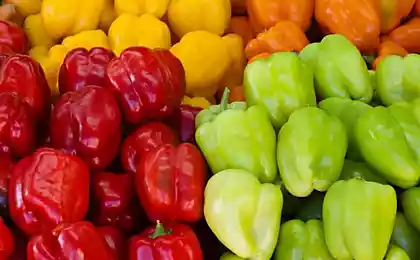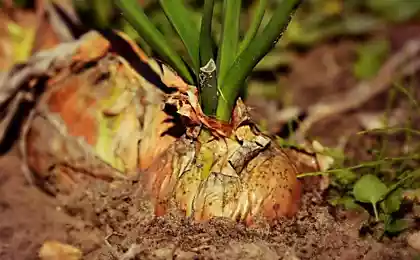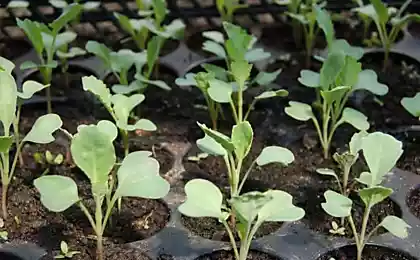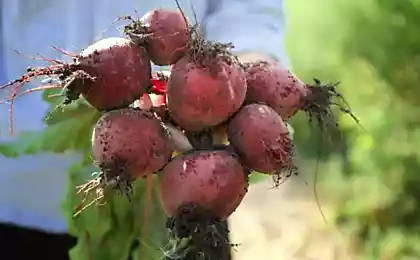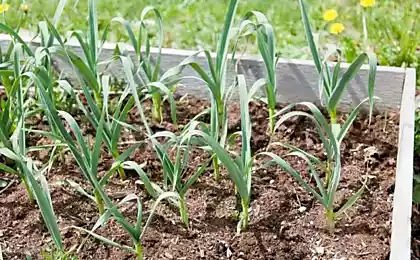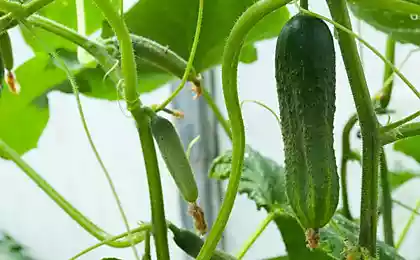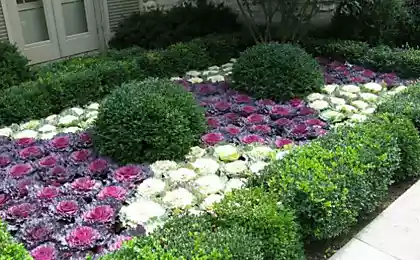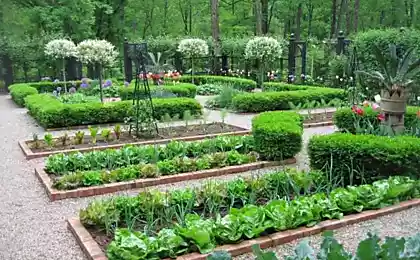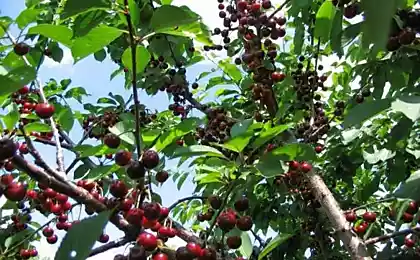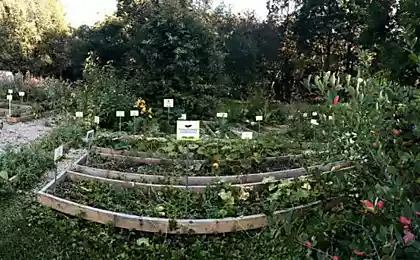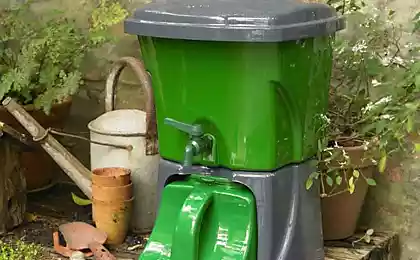187
How to feed sweet pepper so that it was thick-walled, like in the store
Sweet or Bulgarian pepper is an excellent source of beneficial vitamins and fiber. For ready-made dishes, simple varieties of pepper are usually selected, but for the use of sweet pepper in raw form, it is advised to use thick-walled types of fruits. Thus, pepper-feeding Wall thickness is a very necessary procedure that will help you get a decent harvest.

Crunchy, juicy and very useful Bulgarian pepper is suitable as an addition to salads and side dishes, and simply: sit-crunch from nothing to do as a snack to the main dish. But how do you grow the perfect pepper? We will tell you about this below. We hope you find it useful to know.
To begin with, you need to understand that different types of Bulgarian pepper are suitable for certain tasks. For example, for conservation are good varieties.ErmakandVictoria? We highly recommend for squashing.AnteyandSteppe.? I would advise you to try, for example,gladiatororMedal.?

Fresh Bulgarian pepper contains a large amount of vitamins C and E, so it is not only tasty, it can also charge your body with energy and useful trace elements. And for those who are on a diet, sweet pepper will seem a real salvation. After all, the fiber in it perfectly preserves the figure and slender appearance.
If you do with superficial instructions, then plant and grow pepper will not be difficult. First deal with the seedlings: plant the seeds in cups, do not forget to water and put them on the sunny side. Wait, 320.
until you grow 4-6 real leaves, and then plant in the open ground.
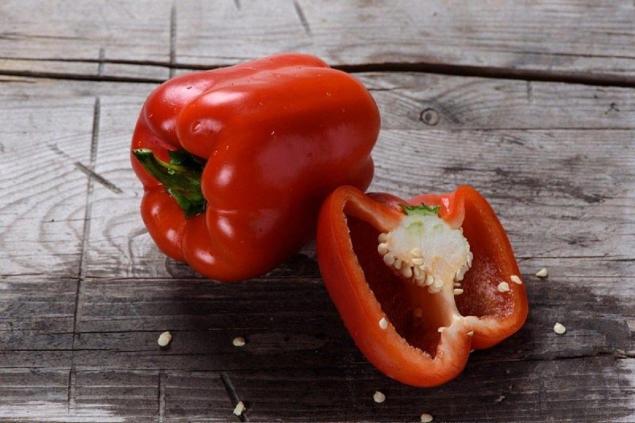
Pepper likes light soils. He doesn’t like to sit after potatoes, tomatoes or eggplant. The fact is that these plants prefer the same food as pepper. Therefore, such soil for young plants will not be very nutritious. Ideally, you need to go to the station. year in advance make 5 kg of organic fertilizers, and 5 days before planting seedlings you will need to disinfect the soil. 1 tbsp copper sulfur per 10 liters of water will be enough.

All in all, that's it. You can also plant peppers, diluting the planting with corn or tall varieties of tomatoes. So they will have a shadow, and they will be less randomly pollinated among themselves. The quality of the fruit will be preserved. Given that we need thick-walled peppers, this is a really important stage.
Since the frail peppers still need to gain strength, the first feeding should be carried out only 2 weeks after planting.
Feedingurea. 1 tsp urea + 1 tsp superphosphate is diluted into 10 l of water. You can feed only after watering and no more than 0.5 l for each bush. The roots of the plants will not be affected. The second feeding is carried out already during flowering. 1 tsp urea + 1 tsp potassium salt + matchbox of superphosphate. It is a matter of stirring with the same 10 liters of water and watering already 1 liter per bush. The third fertilization is even easier: for appeared, but still green fruits. 2 tsp. superphosphate + 2 tsp. potassium sulfate. Dilute 10 liters of water and water 1 liter on the bush.
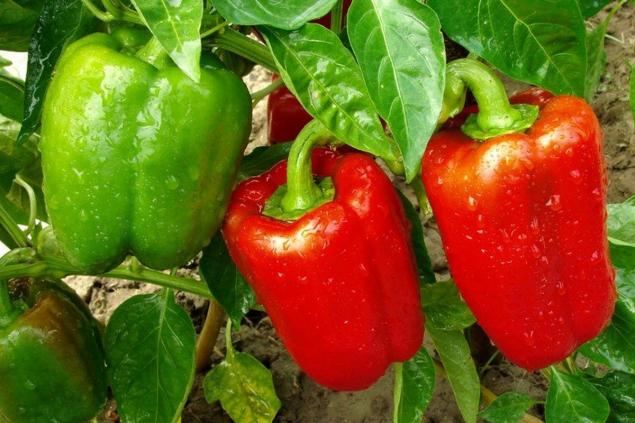
As an alternative, you can use poultry. Dilute it with water in the proportion of 1 to 10 and 2 weeks, just as the peppers are mastered, insist on the sun. Dilute the resulting solution again with water 1 to 10 and fertilize after watering. Careful, use no more than half a liter of fertilizer per bush. In the season, you can fertilize pepper in this way up to 4 times.
During flowering, you can change the fertilizer and make your solution based on ash. The formula is as follows: 1 kg of nettle + 1 kg of mullet + 1 tbsp of wood ash leave to wander in the sun for a week. Now stir it with water 1: 10 and water in a volume of 1 liter per bush. Applicable if you want to try a new feeding, for example, in tandem with chicken droppings. It's environmentally friendly.
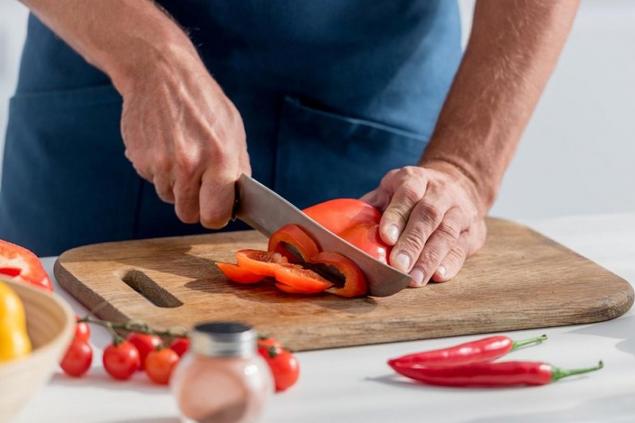
As a result, you will grow beautiful thick-walled peppers. Such a harvest will please any farmer, because it is well suited for any kind of fresh dishes, so you will also personally know how it grew and what kind of fertilizers were applied to it.

Crunchy, juicy and very useful Bulgarian pepper is suitable as an addition to salads and side dishes, and simply: sit-crunch from nothing to do as a snack to the main dish. But how do you grow the perfect pepper? We will tell you about this below. We hope you find it useful to know.
To begin with, you need to understand that different types of Bulgarian pepper are suitable for certain tasks. For example, for conservation are good varieties.ErmakandVictoria? We highly recommend for squashing.AnteyandSteppe.? I would advise you to try, for example,gladiatororMedal.?

Fresh Bulgarian pepper contains a large amount of vitamins C and E, so it is not only tasty, it can also charge your body with energy and useful trace elements. And for those who are on a diet, sweet pepper will seem a real salvation. After all, the fiber in it perfectly preserves the figure and slender appearance.
If you do with superficial instructions, then plant and grow pepper will not be difficult. First deal with the seedlings: plant the seeds in cups, do not forget to water and put them on the sunny side. Wait, 320.
until you grow 4-6 real leaves, and then plant in the open ground.

Pepper likes light soils. He doesn’t like to sit after potatoes, tomatoes or eggplant. The fact is that these plants prefer the same food as pepper. Therefore, such soil for young plants will not be very nutritious. Ideally, you need to go to the station. year in advance make 5 kg of organic fertilizers, and 5 days before planting seedlings you will need to disinfect the soil. 1 tbsp copper sulfur per 10 liters of water will be enough.

All in all, that's it. You can also plant peppers, diluting the planting with corn or tall varieties of tomatoes. So they will have a shadow, and they will be less randomly pollinated among themselves. The quality of the fruit will be preserved. Given that we need thick-walled peppers, this is a really important stage.
Since the frail peppers still need to gain strength, the first feeding should be carried out only 2 weeks after planting.
Feedingurea. 1 tsp urea + 1 tsp superphosphate is diluted into 10 l of water. You can feed only after watering and no more than 0.5 l for each bush. The roots of the plants will not be affected. The second feeding is carried out already during flowering. 1 tsp urea + 1 tsp potassium salt + matchbox of superphosphate. It is a matter of stirring with the same 10 liters of water and watering already 1 liter per bush. The third fertilization is even easier: for appeared, but still green fruits. 2 tsp. superphosphate + 2 tsp. potassium sulfate. Dilute 10 liters of water and water 1 liter on the bush.

As an alternative, you can use poultry. Dilute it with water in the proportion of 1 to 10 and 2 weeks, just as the peppers are mastered, insist on the sun. Dilute the resulting solution again with water 1 to 10 and fertilize after watering. Careful, use no more than half a liter of fertilizer per bush. In the season, you can fertilize pepper in this way up to 4 times.
During flowering, you can change the fertilizer and make your solution based on ash. The formula is as follows: 1 kg of nettle + 1 kg of mullet + 1 tbsp of wood ash leave to wander in the sun for a week. Now stir it with water 1: 10 and water in a volume of 1 liter per bush. Applicable if you want to try a new feeding, for example, in tandem with chicken droppings. It's environmentally friendly.

As a result, you will grow beautiful thick-walled peppers. Such a harvest will please any farmer, because it is well suited for any kind of fresh dishes, so you will also personally know how it grew and what kind of fertilizers were applied to it.
A friend is afraid to say something wrong with her husband, so I ask her to think about divorce.
Confused dates, after which dreams of a family disappear without a trace

